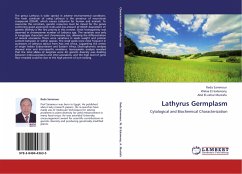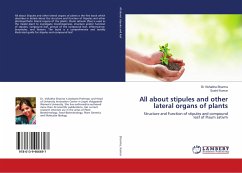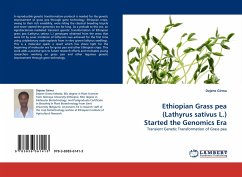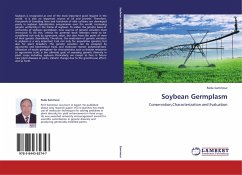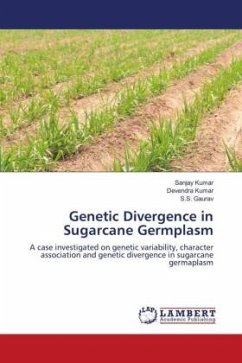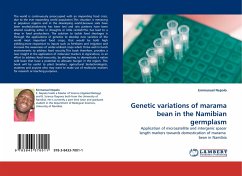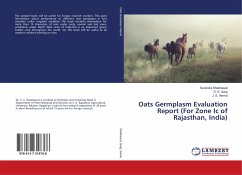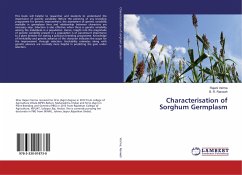The genus Lathyrus is wide spread in adverse environmental conditions. The main constrain of using Lathyrus is the presence of neurotoxin compound (ODAP), which causes Lathyrism for human and animals. To overcome this constrain, genetic resources must be mined for the genes conferring good agronomic traits and less amount of ODAP. Assessment of genetic diversity is the first priority in this context. Great homogeneity was observed in chromosome number of Lathyrus spp. The variation was only in karyptype characters and chromosome size, allowing the differentiation of several accessions. There were variations in seeds weight and protein content between or within species. The small seeds were most frequent in accessions of Lathyrus sativus from Asia and Africa, suggesting the center of origin Indian Subcontinent and Eastern Africa. Electrophoretic analysis showed inter and intra-specific variations. Isoenzymatic analysis revealed that the total alleles of isozymes were 34; genetic diversity was dividing between intera-accessions and inter-accessions; and the high level of gene flow revealed could be due to the high percent of out-crossing.
Bitte wählen Sie Ihr Anliegen aus.
Rechnungen
Retourenschein anfordern
Bestellstatus
Storno

